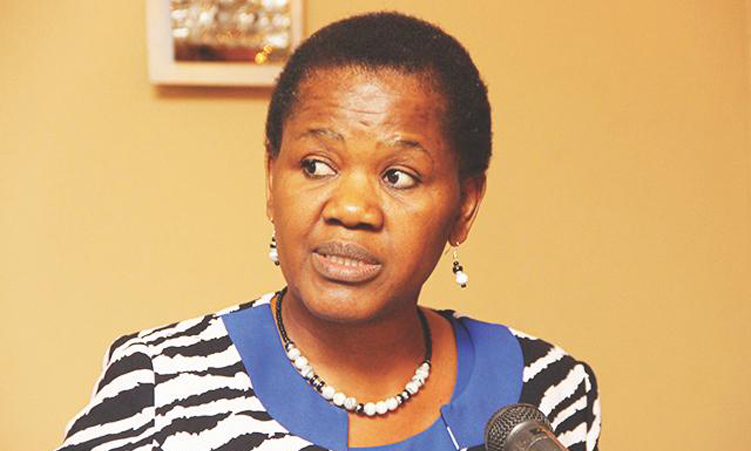The ministry of Finance and Public Enterprises says experts from the World Bank and the African Development Bank are assisting Namibia in establishing reforms to its procurement system, using the global standard of methodology for assessing procurement systems (Maps).
The Maps assesses aspects of the procurement system related to value for money, fairness, transparency and good governance, using an approach based on analysis.
When Namibia’s procurement system is reformed, it will catalyse and accelerate the implementation of a modern, efficient, sustainable, and more inclusive procurement system.
The deputy minister of finance and public enterprises, Maureen Hinda-Mbuende, highlighted to procurement officials of various ministries and state-owned enterprises on Wednesday that the assessment is a significant milestone in the country’s pursuit of enhancing governance, administration and equitable resource allocation.
“It is therefore our expectation that this study will craft a way to eliminate any shortcomings in the procurement process, and offer recommendations for mediation and consequence management tools with lasting outcomes,” she said.
“Let’s ensure that we drive maximum value for every dollar spent by scrutinising every facet of procurement – from value for money to fairness, transparency, and governance.
In the end, this engagement should result in a national procurement strategy charting a way for efficiency and effectiveness.
“It is our duty to ensure the process is characterised by transparency, efficiency, and integrity, including the required economics,” she said.
In addition, Hinda-Mbuende said the assessment should not be considered as a mere exercise, but rather a catalyst of positive change in reflecting the intricacies of our procurement processes.
Maps is assessed using four pillars broken down into indicators and sub-indicators, each with defined criteria that assessors apply to establish whether there are no gaps, minor gaps or substantive gaps.
Where gaps are identified, the assessment team makes written recommendations in the assessment report on how to address those gaps.
Maps information can serve as the basis for harmonized system development and reform initiatives which could improve capacity and address weaknesses, thus improving performance. – The Brief
SOURCE; NAMIBIAN.COM.NA

